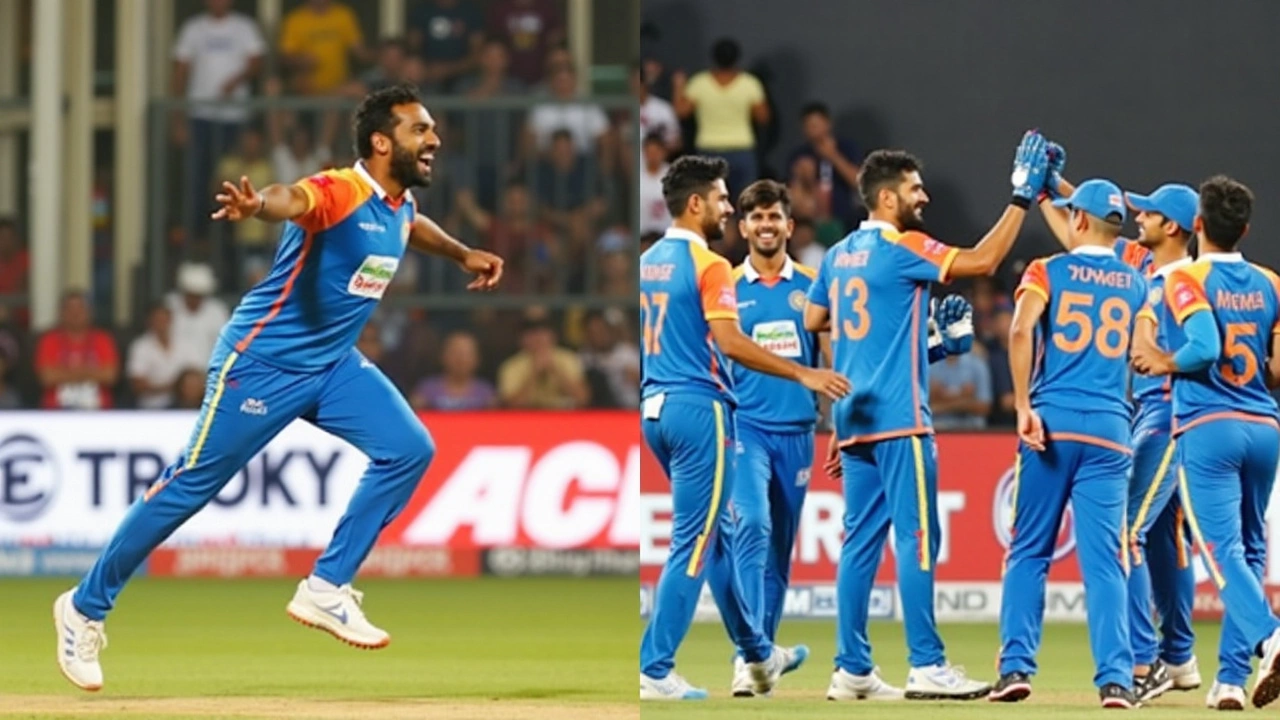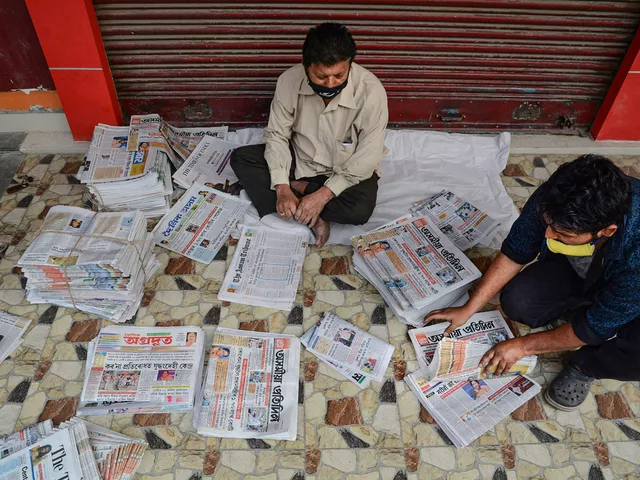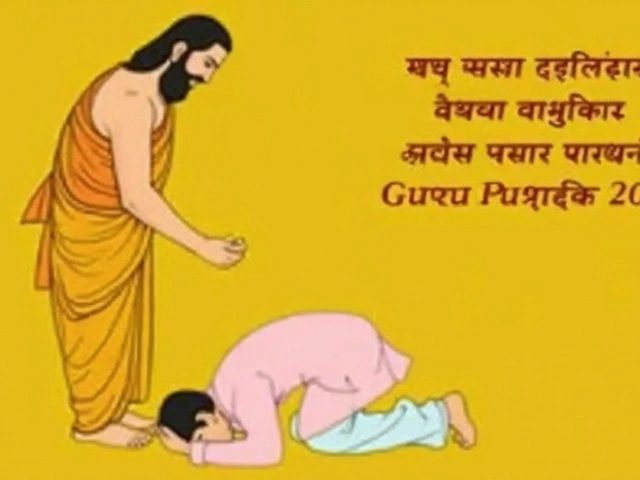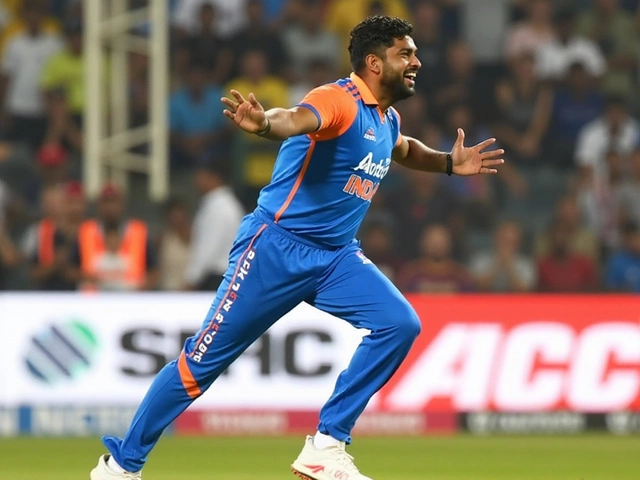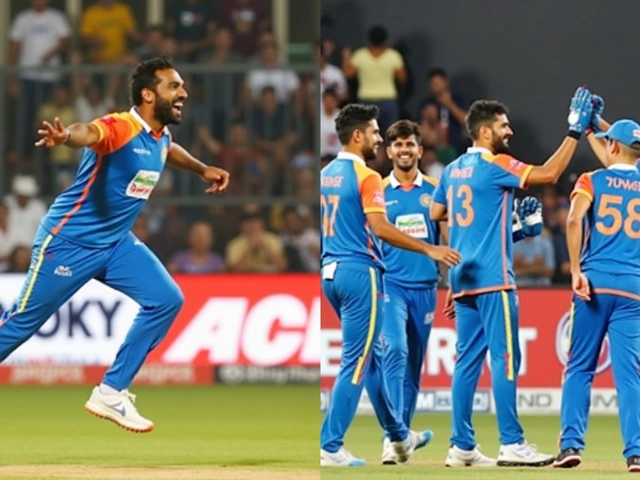Controversial Concussion Substitute in Cricket: The Debut of Harshit Rana
In a gripping turn of events, India’s strategic decision to bring in Harshit Rana as a concussion substitute for Shivam Dube sparked controversy during the fourth T20 International match against England. The match saw an unexpected twist in the plot when Dube, who had been contributing with both bat and ball, sustained a head injury in the final moments of India’s innings. This prompted the Indian team to call upon Rana, a promising fast bowler, to fill in as a substitute under the ICC’s concussion replacement guidelines. The move, while instrumental in ensuring a 15-run victory for India, has become a point of heated debate in the cricket fraternity.
Historically, the rules governing concussion substitutes in cricket are designed to maintain the balance of the game. The International Cricket Council (ICC) stipulates that substitutes must be like-for-like, ensuring that the replacement players possess similar skills to those they are replacing. In this context, substituting an all-rounder like Dube with a specialized bowler such as Rana is seen as bending the rules. Nonetheless, the match referee, Javagal Srinath, sanctioned the substitution, leading to a chorus of criticism from analysts and former cricketers alike.
Reactions and Rationale
Leading the voices of dissent, England’s captain, Jos Buttler, couldn't hold back his displeasure. He openly criticized the substitution, suggesting it provided India with an unmerited advantage on the field. Buttler pointed out that there was no dialogue between the opposing teams regarding the change. This, he felt, was against the spirit of fair play, hinting at a breakdown of customary protocol often observed in international cricket. Adding fuel to the fire, Alastair Cook, a former stalwart of English cricket, labeled the decision as ‘absolute madness,’ hinting at a potential oversighting flaw in Srinath’s judgment or the rules themselves.
Meanwhile, Sanjay Manjrekar, a respected cricket commentator and former player, provided a nuanced perspective. He acknowledged India’s rationale behind opting for a bowler to replace Dube was predicated on the strategical needs of the match. The Indian team presumably had planned to utilize Dube for a few overs. Yet, Manjrekar also noted that the skill gap between a seasoned all-rounder and a fresh fast bowler was starkly evident, calling attention to the potentially unjust advantage gained. It is within these contrasting opinions that the core of the controversy lies, showing a rift between practical application and theoretical guidelines.
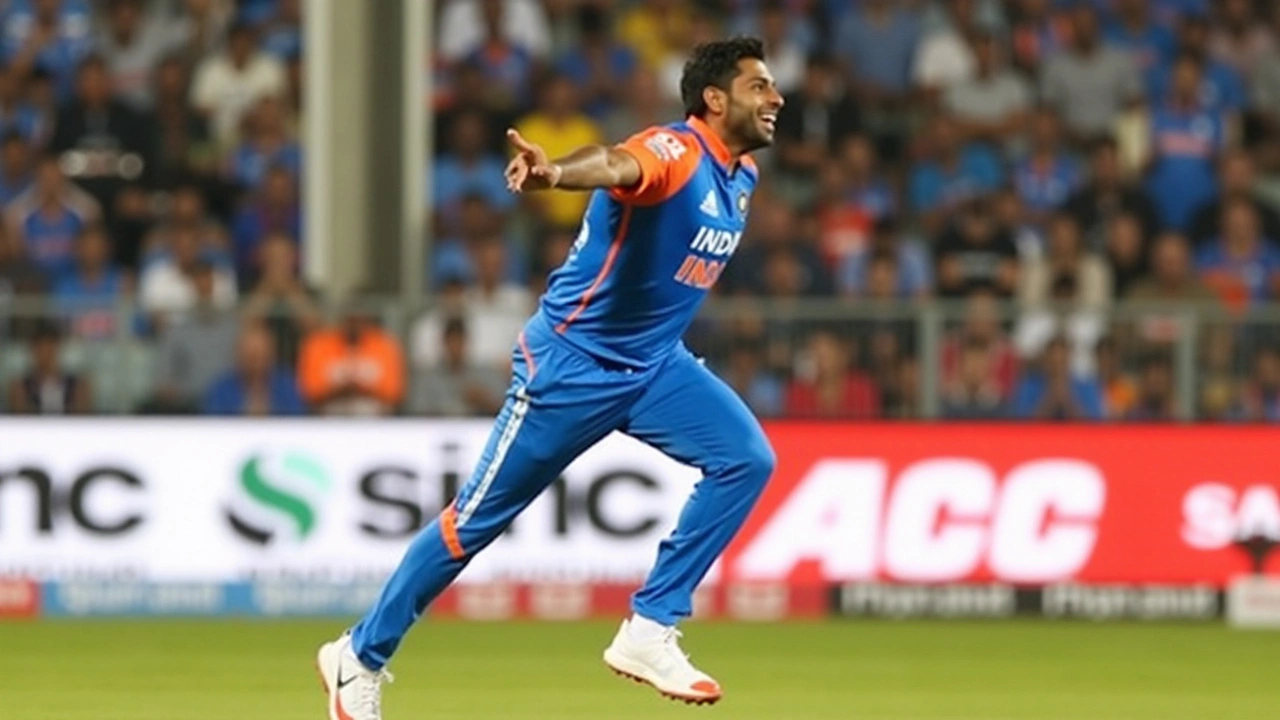
The Role and Impact of Harshit Rana
Amidst this complex scenario, Harshit Rana’s performance on the field was nothing short of phenomenal. Stepping onto the international stage for the first time, his debut in such a high-pressure environment was a significant demand of his capabilities. Rana showcased impeccable delivery with the ball, clinching three vital wickets that eventually cemented India’s stronghold over the match. His artistry as a fast bowler became an unforeseen boon for the Indian side as they secured an unassailable lead in the five-match series against a traditionally formidable opponent.
Rana’s success story isn't without an underlying narrative of young talent emerging from the shadow of their predecessors. His seamless integration into the squad under duress highlighted not only his personal merit but the depth and preparedness of India’s cricketing bench. Despite the allegations of bending the rules, Rana’s prowess was evident, serving a testament to why he was deemed a competent substitute despite the controversy surrounding the decision.
Cultural and Cricketing Dynamics
This controversy also brings forth the broader discussion of how concussion substitutes are assessed and implemented across different nations and cultures within the sport. The cricketing community often grapples with maintaining fairness while simultaneously ensuring player safety. The impact of cultural perspectives cannot be overstated here, as reactions to such substitutes vary widely between teams, fans, and commentators, often dictated by national rivalries and expectations. These dynamics are part of what enriches the sport, but they also challenge the governing bodies to refine rules that are both flexible and enforceable.
For India, the series win -- albeit overshadowed by criticisms -- reflects strategic adaptability and an ability to utilize resources effectively, reinforcing its standing as a cricketing powerhouse. For England, it serves as an impetus for dialogue about clearer strategies and guidelines surrounding player substitutions and legalities governing such decisions. As these teams gear up for the final showdown at the Wankhede Stadium, all eyes, glued to the field, will be keenly observing how these tensions simmer or settle.
In conclusion, the Harshit Rana episode amplifies a significant facet of contemporary cricket: the balance between competition and equity. This balance remains a delicate dance that both teams and international bodies must navigate carefully to advance the sport while ensuring fairness and respect for game rules. As for now, the world watches with bated breath, eager for resolution and hopeful for matches that will continue the sport's legacy of excellence.
